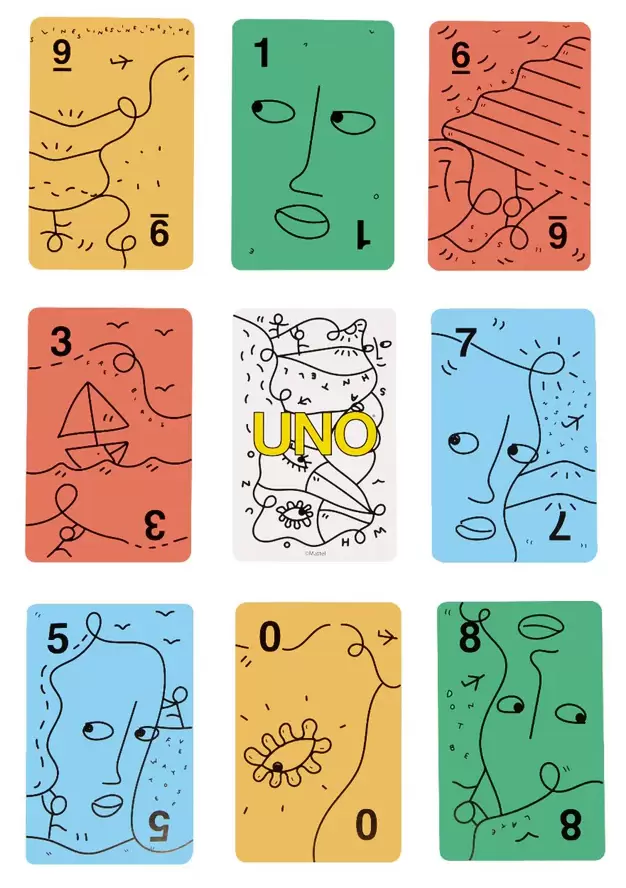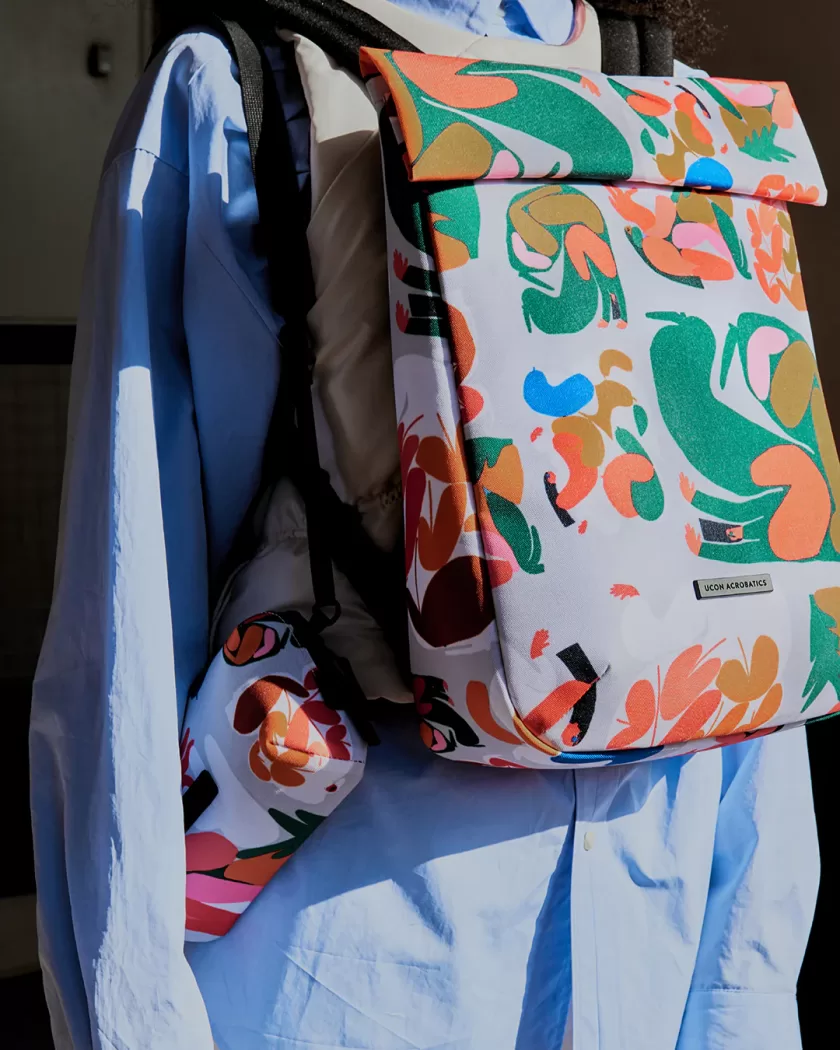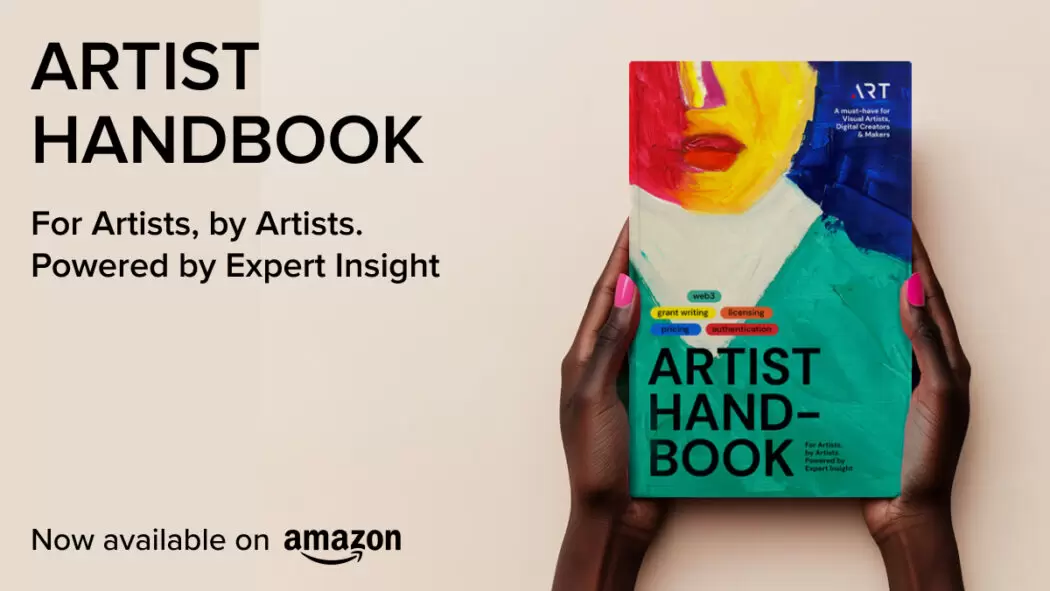How to License Your Art: A Practical Guide
Licensing your art can open doors to new audiences and income streams—without giving up ownership. Here’s how to do it right.


How to License Your Art (Without Losing Ownership)
“Artists should do whatever they have to do to keep making work. If that means licensing, go for it. Art is bigger than purity.” — Jerry Saltz, New York Times art critic
Contributor spotlight — Amber Vittoria
We developed this guide in collaboration with acclaimed artist and illustrator Amber Vittoria, whose bold, abstract work has led to partnerships with Facebook, Gucci, Apple, and The New York Times. Beyond her studio practice, Amber is a savvy operator who regularly pitches, negotiates, and licenses her work to global companies. Her practical insights—and refreshingly honest approach—anchor the advice in this article.
TL;DR (Key takeaways)
Licensing = renting usage of your artwork while you keep ownership.
Nail the basics in contracts: usage, territory, term, exclusivity, payment, termination.
Vet partners for values alignment and clarity.
Start with existing work; build long-term relationships.
Licensing is not selling out—it’s scaling up.
What Is Art Licensing?
Art licensing is permission you grant to another party to use your artwork on products or in projects—prints, greeting cards, apparel, packaging, campaigns—while you retain copyright. The licensee gets great visuals; you get paid and reach new audiences.
Why Licensing Might Work for You
Creative expansion: See your work translated into cans, textiles, or packaging—often sparking new ideas.
Scalable income: Non-exclusive deals can generate recurring revenue from the same artwork across markets.
Audience growth: Brands bring distribution you can’t reach alone.

Artist Shantell Martin reimagines the UNO deck, showcasing the iconic line drawings that embody her ever-increasing influence as a contemporary artist. Often referred to as a language of lines, Martin’s whimsical drawings and messages are thought-provoking and memorable. The iconic artwork shown on the cards features her cast of unique characters and bold typography, turning this UNO Artiste deck into a work of playable art. © Found the Found, LLC, www.shantellmartin.art
Common Licensing Terms (Plain English)
Licensor: you.
Licensee: the company using the work.
Exclusive / Non-exclusive / Sole license: who else can use it.
Revocable / Irrevocable: whether you can withdraw the license.
Usage: exact products/channels.
Territory: city, country, region, or worldwide.
Term: start/end dates; renewals.
Payment: flat fee, royalty %, advance; reporting & audit rights.
Termination & sell-off: how the deal ends and remaining inventory is handled.
Rights referenced: reproduce, distribute, display, modify/adapt (with limits).
Licensing vs. Copyright Transfer
Licensing: you keep ownership; they use within agreed limits and time.
Copyright transfer (assignment): they own it permanently. If a client insists on a transfer, price it significantly higher—or steer them to a license.
“In a licensing agreement, you retain the IP rights to the artwork, and you’re licensing it to them to be able to use for a period of time.” — Amber Vittoria, artist & illustrator
What Makes a Good Licensing Partner?
Values fit (e.g., sustainability, DEI).
Transparency on products, placements, timelines.
Fair compensation for scope and scale.
Creative respect with reasonable approval steps.
Amber often licenses existing works to the right partners—an efficient path for smaller brands or first-time collaborations.

© Amber Vittoria
Exclusive collection in collaboration with UCON ACROBATICS.
How to Get Started
Audit your archive: shortlist 10–20 license-ready pieces (pattern-friendly, scalable).
Set default terms: usage, territory, term, exclusivity, pricing models.
Prep files: high-res masters; export notes for partners.
Pitch well: targeted brand list, one-page lookbook, simple mockups.
Contract it: capture approvals, deliverables, reporting, payment timelines.
Review & renew: track performance and expand with best partners.
Red Flags
Vague “all media” rights with no limits.
No clear termination/sell-off clause.
Underpriced exclusivity or broad territories.
Unlimited modification rights without your approval.
Reflection Exercise: Know Your Why
List 3–5 reasons you want to license; circle the top one.
Identify one older piece you’d love to see on a product—and why.
Note your non-negotiables (categories you won’t allow, minimum fees, required credit lines).
FAQ: Art Licensing Basics
How much should I charge?
Depends on usage, territory, term, and exclusivity. Models: flat fee, royalty (often 5–12% of wholesale), or a hybrid with an advance recouped against royalties.
Can I license the same artwork to multiple brands?
Yes—if the license is non-exclusive and categories/territories don’t conflict.
Do I need a lawyer?
Templates help, but a quick legal review for big/exclusive deals is smart.
Can a brand modify my art?
Allow limited adaptations (resize/crop/color-match) with your approval; prohibit material changes without consent.
Can I license older artworks?
Absolutely—back-catalog pieces are ideal for first deals and smaller budgets.





